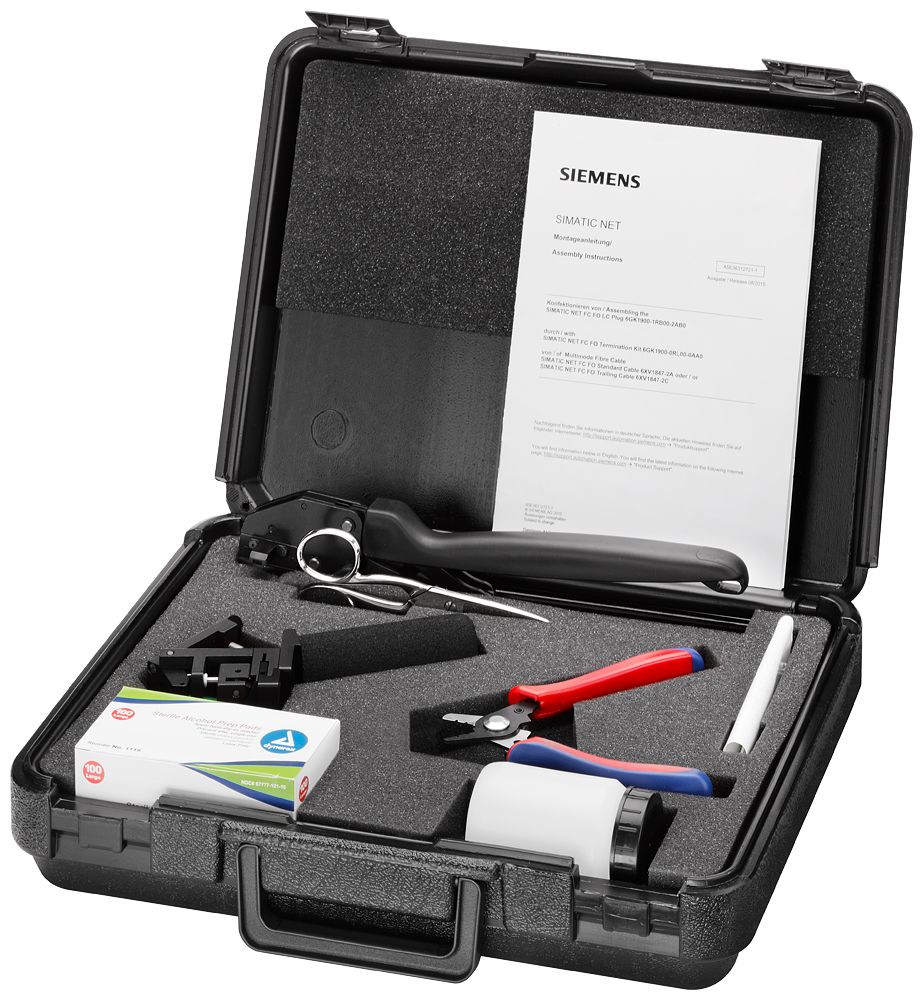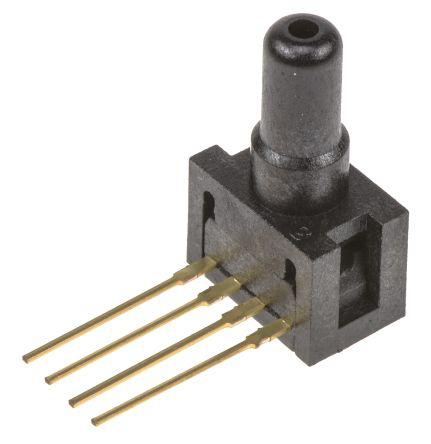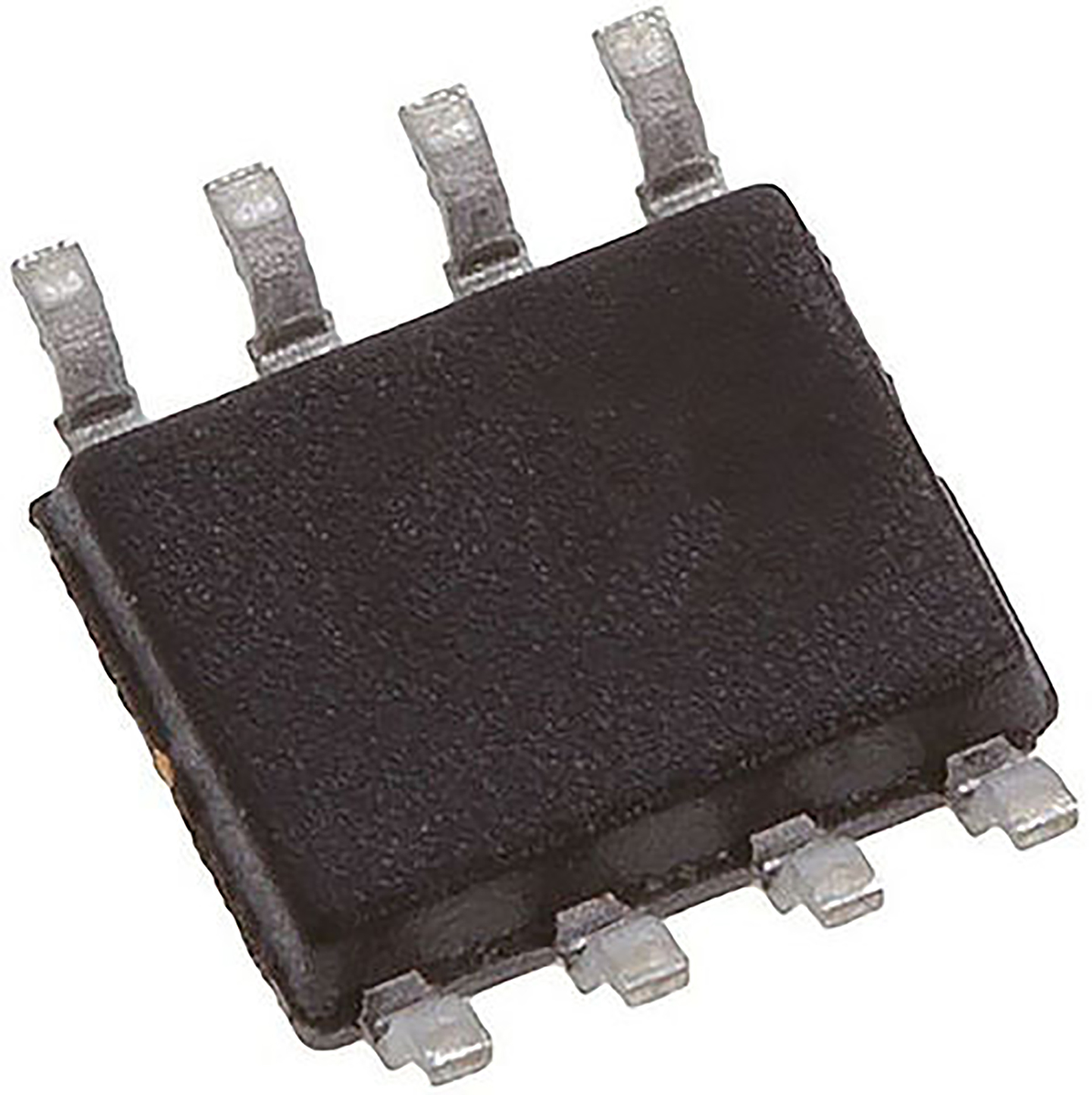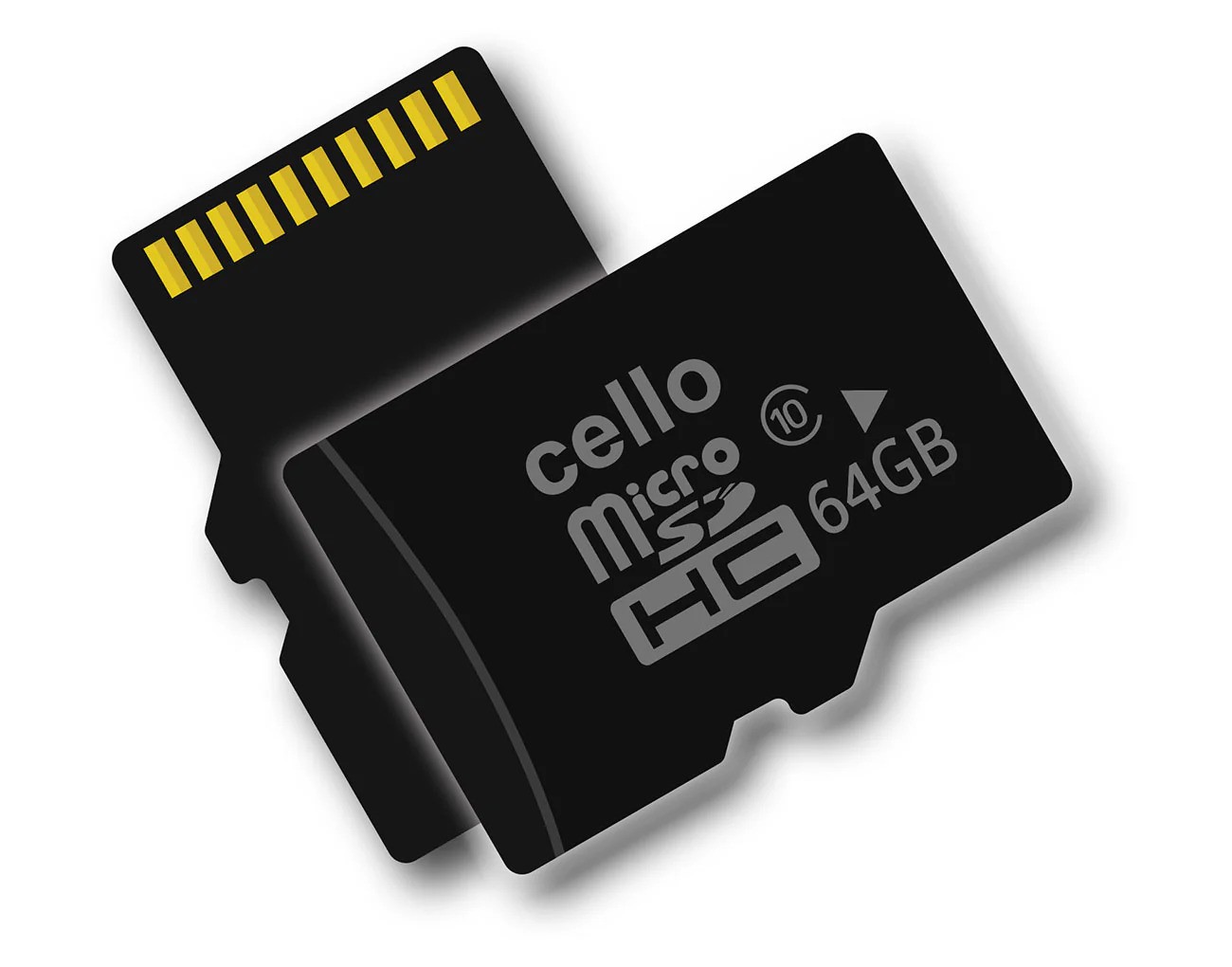What Makes Circuit Protection the Backbone of Electrical Safety?
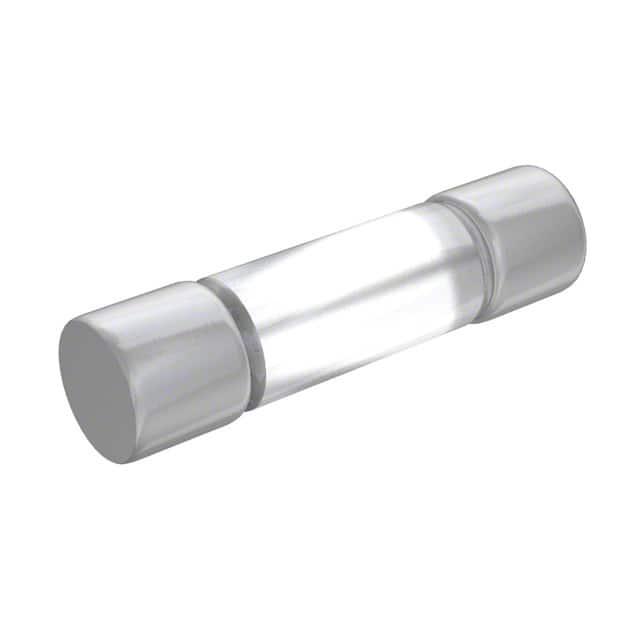
Strong 8k brings an ultra-HD IPTV experience to your living room and your pocket.
In the ever-evolving world of electronics and electrical systems, ensuring safety, efficiency, and system integrity is more critical than ever. Whether in residential buildings, commercial complexes, manufacturing facilities, or data centres, one foundational component keeps everything running safely—circuit protection. It's the invisible force that silently monitors every wire, device, and terminal, ensuring faults are caught and isolated before they spiral into expensive or dangerous outcomes.
So, what exactly is circuit protection, and why is it so crucial in modern electrical design? Let’s explore its mechanics, applications, and the essential role it plays in powering the world around us.
The Hidden Dangers of Unprotected Circuits
Many electrical failures begin with minor, seemingly harmless anomalies. A momentary power surge, a loose connection, or an overloaded socket—these minor errors can quickly become catastrophic if the circuit is not equipped with protective devices.
- Short circuits create a low-resistance path, resulting in extremely high current that can cause fires or equipment damage
- Overcurrent conditions wear down wires and overheat appliances
- Voltage surges damage delicate electronics like computers and control panels
- Earth leakage can lead to dangerous electric shocks, especially in wet or metallic environments
These risks are magnified in environments where electricity is used continuously or where high power levels are involved. Without protective measures, the aftermath could include property damage, equipment failure, or even personal injury.
What Circuit Protection Really Does
Circuit protection encompasses various devices and systems that detect abnormal electrical conditions and automatically act to disconnect the faulted part of the circuit. These components don’t just stop damage; they help maintain operational continuity by preventing a localised fault from affecting the entire network.
The essential role of protection systems includes:
- Monitoring current, voltage, and other critical variables
- Reacting quickly to faults by isolating the affected section
- Minimising the scope of disruption
- Ensuring safety for users and technicians
- Complying with national and international safety codes
Types of Devices That Deliver Circuit Protection
Modern electrical systems rely on a suite of circuit protection devices. Each has specific uses based on the nature of the load, fault type, and system design.
Circuit Breakers
Circuit breakers are reusable devices that interrupt current flow when they detect overloads or short circuits. They’re commonly used in homes, commercial buildings, and industrial plants. Types of breakers include miniature circuit breakers (MCBs), moulded case circuit breakers (MCCBs), and residual current breakers with overcurrent protection (RCBOs).
Fuses
Fuses are sacrificial components that melt and break the circuit when current exceeds a predefined limit. They’re simple, affordable, and still widely used in consumer electronics, automotive systems, and backup protection.
Residual Current Devices (RCDs)
RCDs, or ground fault circuit interrupters (GFCIs), detect leakage currents to the ground. When leakage exceeds safe thresholds, they trip the circuit to prevent shock. These are vital in bathrooms, kitchens, and outdoor circuits.
Surge Protection Devices (SPDs)
SPDs protect equipment from sudden voltage spikes caused by lightning, switching operations, or grid disturbances. These are commonly installed in control panels, server rooms, and communication systems.
Electronic and Smart Protection Devices
Emerging systems use microcontrollers and digital sensors to deliver precise, fast-acting protection. These are especially useful in automation systems, where speed and remote monitoring are essential.
Where Circuit Protection Is Essential
The need for circuit protection is universal, but its importance varies depending on the complexity and sensitivity of the installation. Specific environments have zero tolerance for faults.
- In hospitals, a fault in electrical circuits can risk lives or disrupt essential machinery
- In industrial settings, machine breakdowns due to circuit failures can lead to production losses and safety incidents
- In data centres, voltage anomalies can corrupt data and lead to costly downtimes
- In residential areas, unprotected circuits increase the risk of fires and electrical shocks
- In electric vehicles, miniature and robust protection devices are critical to safeguarding control electronics and battery systems
Key Factors to Consider When Selecting Protection Devices
Choosing the correct protection device is not just about rating; it’s about aligning the device to the application and usage environment. A mismatch can lead to nuisance tripping, insufficient protection, or worse—failure to act during a fault.
Factors to evaluate include:
- Current and voltage ratings of the circuit
- Response time required for fault isolation
- Type of load (motor, lighting, resistive, inductive)
- Nature of the environment (humidity, temperature, vibration)
- Accessibility and reset or replacement preferences
- Compliance with local safety and regulatory standards
Importance of Coordination and Selectivity
Modern electrical installations often involve multiple layers of protection. To prevent a minor local fault from shutting down the entire system, protective devices must be coordinated.
Selective coordination ensures:
- Only the nearest upstream protection device trips
- Minimal disruption to unaffected circuits
- Faster restoration and simplified fault diagnosis
- Layered protection from the main panel to the branch circuits
This is especially important in critical installations like commercial buildings and industrial facilities, where uptime and service continuity are paramount.
How Circuit Protection Supports Long-Term Reliability
Investing in proper circuit protection yields long-term advantages beyond fault isolation. It ensures that your entire electrical system remains robust, energy-efficient, and easy to maintain.
- Prevents overheating and insulation degradation
- Reduces stress on motors and transformers
- Improves system longevity and equipment lifespan
- Enables predictive maintenance and fewer unplanned outages
- Ensures insurance compliance and safety certification
Evolving Trends in Circuit Protection
The future of circuit protection lies in intelligent, integrated, and eco-friendly solutions. New developments are focusing on:
- Wireless circuit breakers with real-time diagnostics and cloud integration
- Modular plug-and-play protection units for fast replacement
- Predictive analytics for identifying potential faults before failure
- Environmentally conscious design using recyclable materials
- Smaller form factors with increased functional density
As electrical systems become more digital and decentralised, circuit protection is transforming into a dynamic, software-enhanced component of system design.
Conclusion
Circuit protection is the unsung hero of modern electrical systems. It doesn’t generate power, control processes, or carry data, but it makes sure everything else can perform safely and reliably. It’s the first responder when something goes wrong—and without it, even the most advanced system is vulnerable.
Whether you’re designing a power distribution network or installing a new appliance at home, integrating the proper protection elements is essential. From traditional fuses to cutting-edge smart breakers, circuit protection ensures the resilience, safety, and sustainability of the infrastructure we depend on daily.
By prioritising it at every design and installation stage, you future-proof your system against the inevitable—and ensure that when faults happen, your system is ready.
Note: IndiBlogHub features both user-submitted and editorial content. We do not verify third-party contributions. Read our Disclaimer and Privacy Policyfor details.



